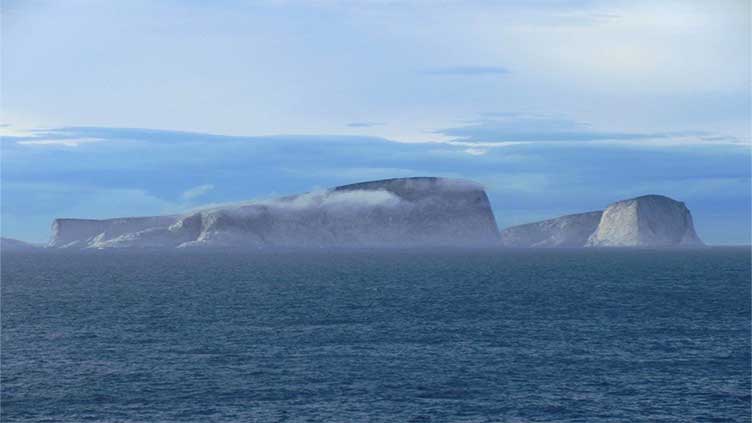Scientists have just discovered a brand new continent

Technology
Continent has been found lurking beneath the icy waters of the northern Atlantic Ocean
(Web Desk) - Primary school geography paints such a neat picture of the world.
It tells us, for example, that there are seven continents on Earth, but the truth is far more complex.
Researchers are constantly encountering lost landmasses that constitute important pieces in the puzzle of our planet’s geological past.
Now, a whole new continent has been found lurking beneath the icy waters of the northern Atlantic Ocean.
The discovery was made around the Davis Strait, a large stretch of water located between Canada’s Baffin Island and Greenland.
The strait was formed millions of years ago when the tectonic plates between the two islands shifted, reconfiguring the Earth’s crust.
This resulted in the formation of a thick continental crust in the ocean, which has now been declared a newly discovered primitive microcontinent.
In a study that was published in the journal Gondwana Research, a team of scientists based in the UK and Sweden, reconstructed the plate tectonic movements that would have occurred in the area around the Davis Straight some 33 to 61 million years ago.
They found that this resulted in the formation of an unusually thick slab of continental crust, which now measures between 12 and 15 miles long and sits offshore in Greenland’s western waters, as Popular Mechanicsnotes.
It has now been christened the Davis Strait proto-microcontinent.
According to the experts, studying this new landmass and its formation will help improve broader understanding of similar geographic structures.
“Our identified mechanism of microcontinent formation may be widely applicable to other microcontinents around the globe,” the team wrote in their paper.
“And further study is merited to understand the role of plate motion changes and transpression in microcontinent calving.”



